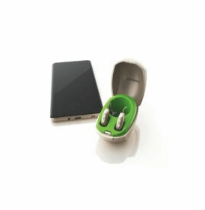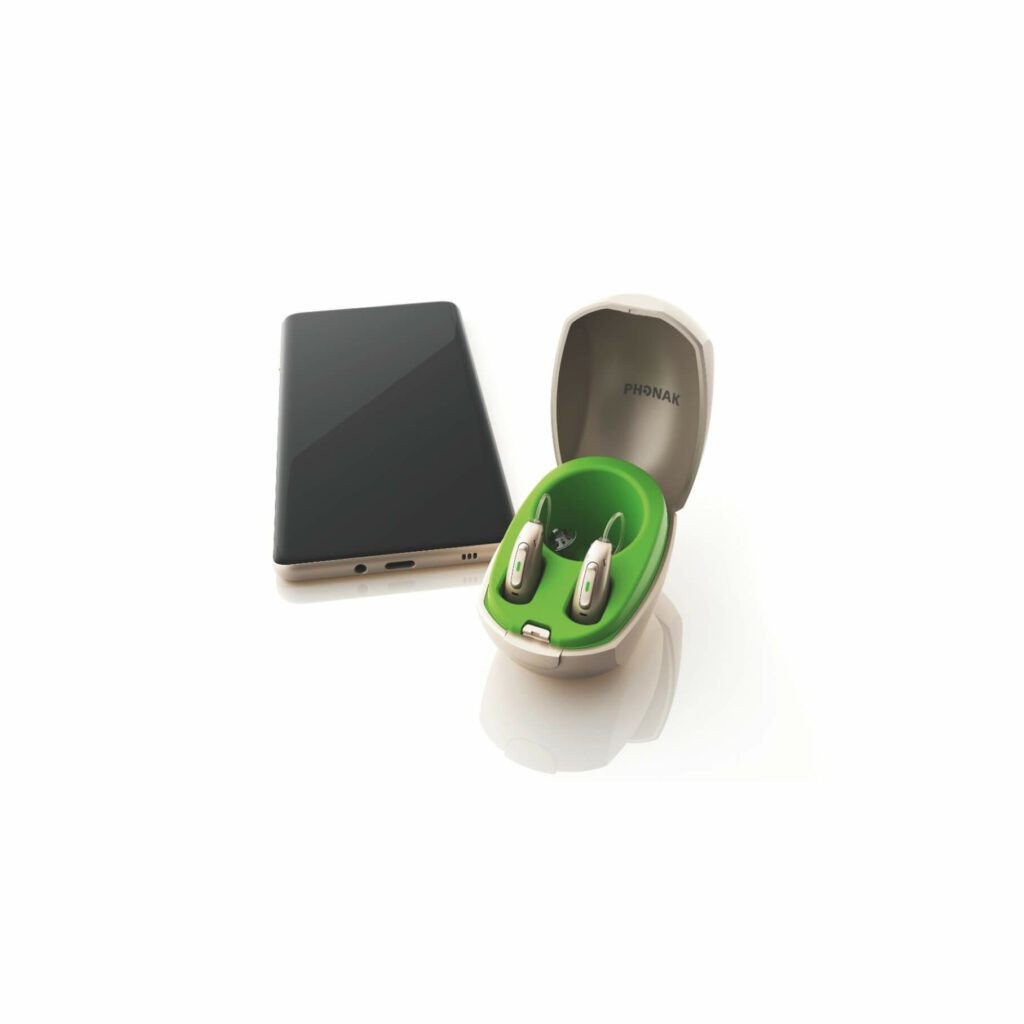
Hearing loss can have a significant impact on a person’s life, affecting their ability to communicate and participate in everyday activities. Fortunately, new rechargeable hearing aid technology has made it possible for those with hearing loss to regain their hearing ability and to do it with ease.
New hearing aids are much more sophisticated than their predecessors, and come in a variety of types and styles. Ease of use has improved with rechargeable and Bluetooth options. Here’s a closer look at some of the latest hearing aid technologies.
Digital Signal Processing in Hearing Aid Technology
Digital signal processing (DSP) is a technology that has revolutionized the hearing aid industry. DSP involves converting sound waves into digital signals and manipulating them to improve speech intelligibility and reduce background noise. This allows wearers to hear more clearly in a variety of listening environments, such as crowded restaurants, outdoor spaces, and theaters.
Wireless/Bluetooth Connectivity
Many hearing aids now come with wireless connectivity options, allowing wearers to stream audio from their smartphones, TVs, and other devices directly into their hearing aids. This can be especially helpful for phone calls and watching movies or TV shows, as it ensures that wearers can hear the audio clearly without having to turn up the volume to uncomfortable levels.
Rechargeable Batteries
Traditionally, hearing aids have used disposable batteries that need to be replaced every few days or weeks. However, many modern hearing aids now come with rechargeable batteries that can be charged overnight and provide a full day’s worth of use. This is not only more convenient, but also more environmentally friendly and cost-effective.
Artificial Intelligence
Artificial intelligence (AI) is being integrated into some hearing aids to improve their performance and make them more intuitive to use. For example, AI can analyze the wearer’s listening environment and adjust the hearing aid settings automatically to provide the best possible listening experience. It can also learn the wearer’s preferences over time and make personalized adjustments to the settings. Fall detection is an added benefit of new smart technology.
Customization/Smart Phone Connectivity
Hearing aids are now available in a wide range of styles and designs. They can also be customized to fit the wearer’s individual ear shape and size. Hearing aids can connect with a variety of devices including: flip phones, iphones, androids, tablets, and laptops.
In conclusion, hearing aid technology has come a long way in recent years. With features like digital signal processing, wireless connectivity, rechargeable batteries, artificial intelligence, and customization, modern hearing aids can significantly improve the wearer’s quality of life.

